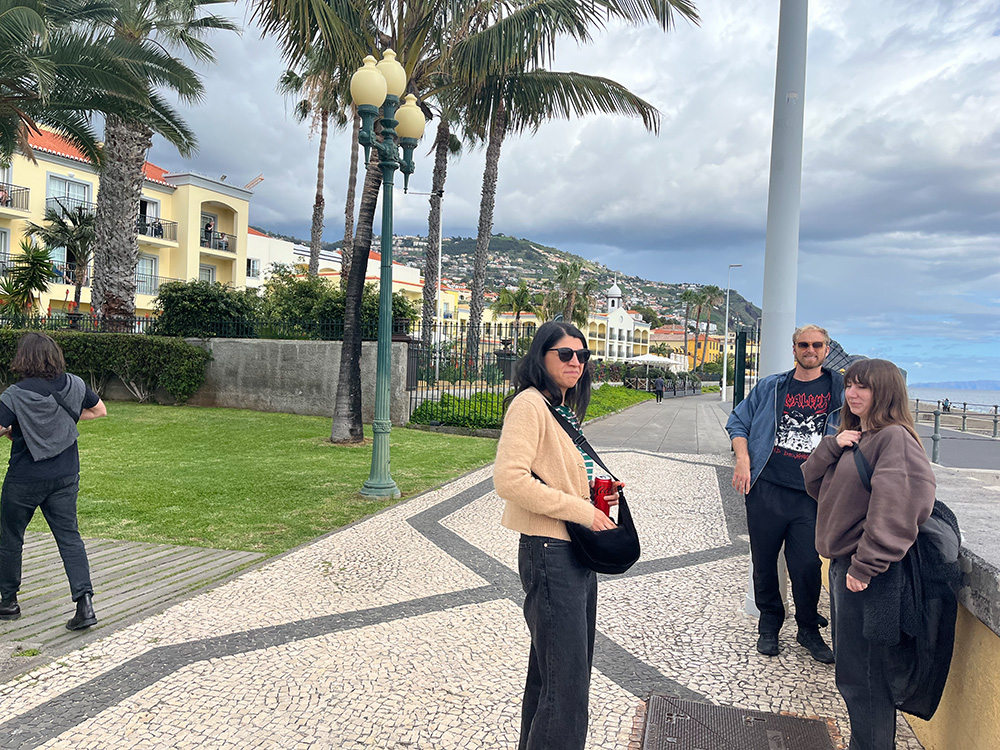Why community-driven campaigns matter right now
Consumers are overloaded with content. Standing out now means going beyond attention and building real connections. Community-led campaigns give people a reason to stick around and speak up.
Brands with strong communities often see:
- Improved customer retention rates
- More “word-of-mouth” and social sharing
- Lower support costs thanks to peer help
- More resilience in tough markets
This isn’t a trend. Community is a long-term strategy.
What makes a campaign truly community-driven?
Community building is not about treating people as passive consumers. Instead, it encourages participation, co-creation, and belonging.
Key traits include:
- Authenticity: Clear values, real stories, no fluff
- Participation: Customers help shape the brand
- Shared purpose: Something bigger than products
- Recognition: Shoutouts, rewards, appreciation
Strategies for building community-driven campaigns
1. Build a digital community hub
Create a space, a forum, group, or app, where your audience can connect, share experiences, and join events.
Real-world example: Salesforce’s Trailblazer Community blends learning, support, and local groups.
2. Use user-generated content (UGC)
When customers post, it builds trust. Run challenges, highlight their stories, and make them feel seen.
Real-world example: Strava’s users share workouts, boosting community and brand reach.
3. Host online or in-person events
Workshops, Q&As, and pop-ups help people connect in ways content alone can’t.
Real-world example: Gymshark’s “Londrette” pop-up celebrated user achievements in a nostalgic laundromat setting.
4. Share exclusive content
Offer early access, sneak peeks, or behind-the-scenes looks to keep your community engaged.
Real-world example: IKEA Family members get discounts, invites, and design tips.
5. Gamify engagement
Points, badges, or levels keep things fun and rewarding.
Real-world example: Peloton turns workouts into milestones and community moments.
6. Enable peer support
Give your community ways to help each other as it builds trust and reduces your support load.
Real-world example: Duolingo’s community discussion forums, where learners ask questions, share tips, and correct each other’s answers, helping fellow users and easing the load on official support.
7. Personalise and localise
Adapt content for specific regions, cultures, and communities. Celebrate what matters to them.
Real-world example: Nike’s “Nothing Beats a Londoner” campaign, which celebrated the city’s diverse neighborhoods and slang, resonating strongly with local youth culture.
How to measure community impact
Track both hard numbers and human signals:
- Engagement: posts, event sign-ups, active users
- Retention: repeat customers, membership renewal
- Advocacy: referrals, UGC, shares
- Sentiment: NPS, feedback, testimonials
- Business: revenue growth, support savings, adoption
Tip: Use surveys and analytics to keep learning and improving.
Common challenges (and how to solve them)
- Low engagement at launch? Start small, seed conversations, reward early activity.
- Losing authenticity? Keep it personal, avoid heavy moderation, and be transparent.
- Struggling to scale globally? Localise campaigns while keeping your core identity clear.
- Can’t prove ROI? Tie community efforts to measurable outcomes and share those wins.
Final thoughts: community is a competitive advantage
It’s not enough to talk to your audience. The future belongs to brands that build alongside them. Community-driven campaigns aren’t a tactic. They help you build something solid, meaningful, and sustainable. A strong community can be a powerful asset, just like your product, it deserves attention, investment, and long-term thinking. Don’t treat it as an afterthought or a side project. Build it with intention, maintain it with care, and let it evolve with your brand. The returns aren’t always immediate, but they’re deep, lasting, and hard to copy.


